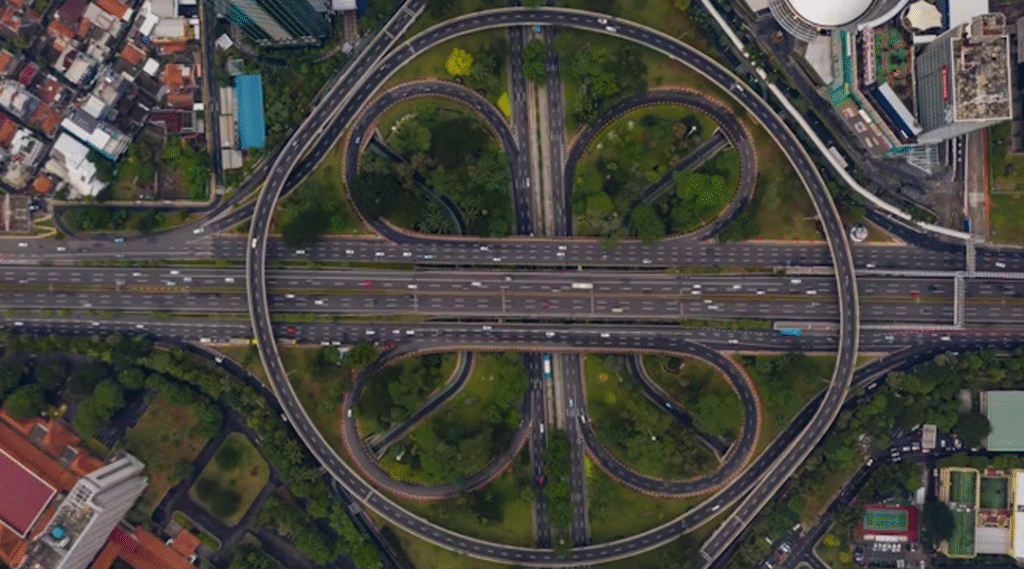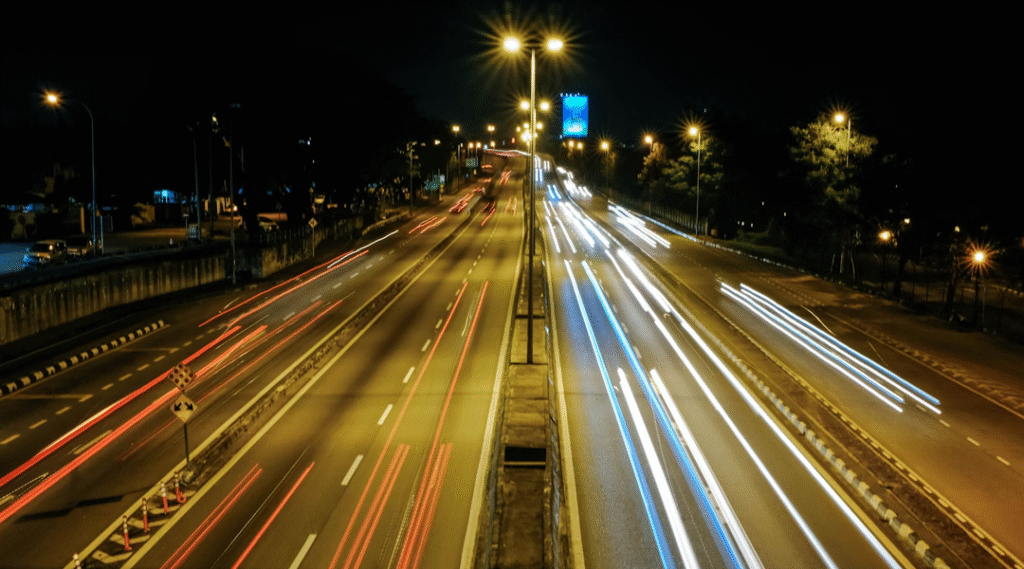Modern cities are under pressure to accommodate growing populations, rising vehicle ownership, and mounting sustainability goals. Traditional road networks, designed for predictable traffic volumes and manual control, are increasingly strained. Enter smart traffic infrastructure—the fusion of sensors, connectivity, and advanced analytics—to transform everyday streets into intelligent ecosystems that optimize flow, enhance safety, and support greener mobility.
1. From Static to Dynamic: The Evolution of Traffic Infrastructure
Conventional traffic systems rely on fixed-time signals and periodic manual adjustments, often leading to inefficiencies. Smart infrastructure upgrades these foundations by:
- Embedding IoT Sensors: Inductive loops, radar detectors, and video cameras collect real‑time data on vehicle counts, speeds, and pedestrian movements.
- Enabling Adaptive Signals: Signal controllers adjust green‑phase durations dynamically, responding instantly to fluctuations in demand rather than rigid timing plans.
- Creating Connected Intersections: Traffic signals, roadside units (RSUs), and central management platforms communicate via 5G or dedicated short‑range communications (DSRC), coordinating traffic not just at one crossing but across corridors.
These capabilities shift roads from passive conduits into active participants in traffic management.
2. Core Components of Smart Road Infrastructure
| Component | Function |
|---|---|
| IoT Edge Sensors | Detect vehicles, bicycles, and pedestrians; measure speed & density |
| Adaptive Signal Controllers | Compute optimal phase timing based on live sensor feeds |
| Roadside Communication Units | Relay data between vehicles, signals, and traffic management centers |
| Central Traffic Management Platform | Aggregates data, applies AI/ML models, and issues control commands |
3. Case in Point: Adaptive Signal Control Systems (ASCS)
Adaptive Signal Control Systems represent the heart of smart intersections. By continuously analyzing traffic flows, ASCS can:
- Reduce Delays: Cities report up to 20–30% reductions in intersection wait times.
- Cut Emissions: Smoother flow lowers idle times, trimming CO₂ and NOₓ by up to 10%.
- Improve Safety: Better phase coordination reduces red‑light violations and conflicts.
Major vendors—such as Siemens with its Sitraffic Concert platform and Iteris with its ClearGuide system—offer turnkey ASCS solutions that integrate seamlessly with legacy signal cabinets and central management suites.
4. Integrating Smart Roads into Urban Planning
Rather than bolt smart technology onto existing grids, forward‑thinking municipalities embed connectivity into new road projects:
- Smart Corridors: Entire stretches of arterial roads outfitted with uniform sensor arrays and centralized controllers, enabling corridor‑wide optimization.
- Multimodal Prioritization: Prioritizing buses, trams, or emergency vehicles through signal preemption, reducing public transport delays and improving response times.
- Data‑Driven Design: Planners use historical and real‑time data to redesign intersection layouts, add turn lanes, or adjust crosswalk timing, all informed by analytics.
For example, Los Angeles’s ATSAC (Automated Traffic Surveillance and Control) system manages over 4,500 intersections, dynamically balancing throughput across freeways and surface streets.
5. Challenges and Practical Considerations
Deploying smart infrastructure at scale involves hurdles:
- Upfront Costs: Sensor installation, network upgrades, and software licensing can run into millions per corridor.
- Interoperability: Cities often have patchwork equipment from multiple vendors; establishing common data standards is vital.
- Cybersecurity: Exposed networks and control devices must be hardened against hacking to safeguard both data and safety.
- Maintenance: Sensors and communication units require regular calibration, cleaning, and firmware updates to remain reliable.
Strategic pilot programs—targeting high‑congestion hotspots or major event venues—allow municipalities to validate ROI, refine operational workflows, and build public support before broader roll‑out.
6. Measuring Success: Key Performance Indicators
Effective evaluation hinges on clear metrics:
- Average Intersection Delay: Time lost per vehicle at a controlled crossing.
- Travel Time Reliability: Variation in trip durations on key corridors.
- Environmental Impact: Reduction in idling emissions as measured by mobile air‑quality sensors.
- Safety Statistics: Changes in crash rates, especially at signalized intersections.
Agencies that rigorously track these KPIs can demonstrate wins to stakeholders, justify further investment, and iterate on system configurations.
7. The Road Ahead: Scaling Up and Future Innovations
As smart road projects mature, we’ll see further enhancements:
- Machine Learning‑Driven Signal Timing: Systems that continually learn from evolving traffic patterns and seasonal trends, automatically recalibrating strategies without human intervention.
- Integration with Autonomous Fleets: Roadside units broadcasting precise phase plans to self‑driving vehicles, enabling smoother platooning and coordinated routing.
- Wireless Charging Infrastructure: Embedding inductive charging pads in turn lanes or bus stops to power electric vehicles on the go.
- Crowdsourced Data Fusion: Blending municipal sensor feeds with anonymized GPS data from smartphones and connected cars for richer, more granular insights.
By thoughtfully combining cutting‑edge technology with urban planning best practices, cities can unlock the full potential of their roads—delivering safer streets, faster commutes, and cleaner air for all residents.
All articles on this special edition-SMART TRAFFIC:
(#1) What Is Smart Traffic? A Complete Beginner’s Guide
(#2) The Technologies Behind Smart Traffic: From IoT to AI
(#3) Reimagining Urban Roads: Smart Infrastructure in Action
(#4) How AI and Big Data Are Revolutionizing Traffic Management
(#5) Smart Traffic Meets Autonomous Vehicles: A Symbiotic Future
(#6) Smart Traffic Benefits and the Roadblocks Ahead
(#7) Global Smart Traffic Projects: Key Takeaways for Urban Mobility
(#8) Who’s Leading the Smart Traffic Revolution?
(#9) The Future of Smart Traffic: Key Trends for 2025 and Beyond
(#10)Building Ethical, Legal, and Secure Smart Traffic Systems
As for in-depth insight articles about AI tech, please visit our AI Tech Category here.
As for in-depth insight articles about Auto Tech, please visit our Auto Tech Category here.
As for in-depth insight articles about Smart IoT, please visit our Smart IoT Category here.
As for in-depth insight articles about Energy, please visit our Energy Category here.
If you want to save time for high-quality reading, please visit our Editors’ Pick here.



